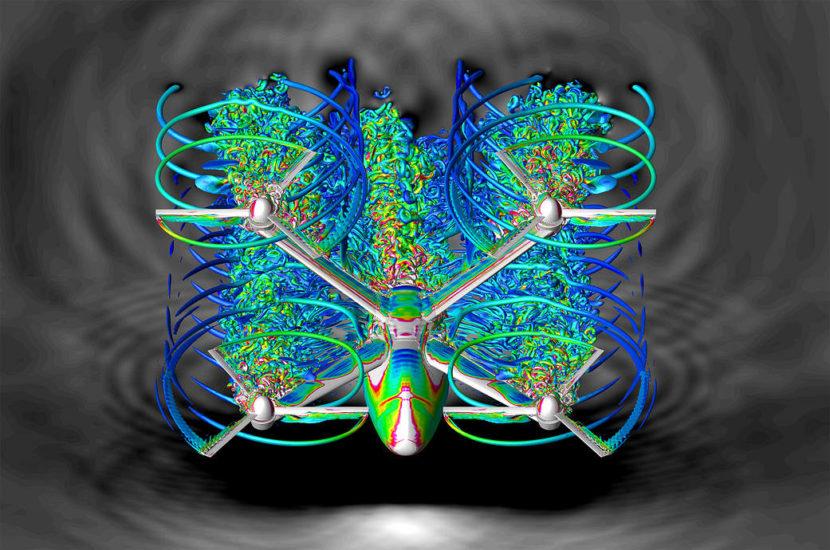Advancing Advanced Air Mobility
Trust Us. Trust the Computers. Trust Us and the Computers?

In 1968, British author Arthur C. Clarke published 2001: A Space Odyssey, a hopeful-then-turned-dark science fiction novel. Setting out to determine whether humans evolved naturally on Earth or whether some extraterrestrial life form had placed human beings here millennia earlier, the scientists’ success largely hinges on their dependence/interdependence on the HAL-9000, a computing system designed with (then) highly advanced artificial intelligence.
The novel (later, a film produced and directed by Stanley Kubrick) explored five major themes: the promise and perils of technology; human evolution; the pros and cons of nuclear power; space exploration; and saliently, artificial intelligence – and its promise and its limits.
What happens when an artificially intelligent machine faces conflicting guidance about how to proceed in any given situation? What roles do conscience and sentience play in decision-making, what roles can they or should they play, as human beings increasingly rely on machines to facilitate their existence?
More than five decades later, NASA researchers, Dr. Eric T. Chancey (with a PhD in human factors psychology), Michael S. Politowicz, a research aerospace engineer, and Lisa Le Vie, an aerospace research engineer – human/machine systems, dug deeper into the implications, benefits, and potential pitfalls of the increasingly codependence of man and machine. They presented their findings, “Enabling Advanced Air Mobility Operations through Appropriate Trust in Human-Autonomy Teaming: Foundational Research Approaches and Applications,” at the January 2021 AIAA SciTech Forum.
Human Systems Integration (HSI) broadly defines “human factors” research. HSI includes human performance, technology design, and human-computer interaction. The study of Human Systems Integration at NASA Ames Research Center concentrates on how best to facilitate safety, efficiency, cost-effective operations, maintenance, and training on the ground, through flight, and in space.
Advanced Air Mobility – The One Essential Piece of Critical Infrastructure
A substantially different, almost infinitely more-complex achievement will be needed to achieve Human-Autonomy Teaming (HAT) before urban air mobility (UAM) or advanced mobility (AAM) succeed. A unique trifecta between the flying public, commercial aviation, and government regulators must be achieved before HAT is successful, as this video demonstrates.
It will require, the authors say, a paradigm shift, as autonomous technologies take on greater roles and, consequently, more responsibility. The humans will need to trust the machines more and the machines will need to trust the humans more. Risk factors will increase and all team members, humans and machines, will need to adapt a novel approach, what the researchers termed an “Adaptive Trust Calibration,” as the reliance on each other, ebbs and flows as air mobility advances in a multitude of new industries and uses.
The bottom line: Trust. The humans and the machines will need to not just trust each other, but adapt and calibrate their levels of trust while any given mission or task progresses.
Factor in advances in electric and hybrid propulsion systems, energy storage, and autonomous software, and the challenges are monumental (not merely monolithic as 2001 envisioned). Add in the novel uses – such as simplified vehicle operations (SVO) or remote vehicle operations (RVO) – and the potential for success and disaster are seemingly exponential. To succeed, HAT operations must not only be aligned with the goals (be they package delivery or transportation, as examples) but they must also be dynamic – able to constantly recalibrate the risks and benefits as the task evolves.
There will not be a one-size-fits-all for the unique challenges and opportunities AAM presents. Corporate goals, governmental and safety goals, and how and when to shift gears when the unexpected happens, will need to adapt. But one factor remains immutable – trust.
Want to continue to stay up-to-date about the latest developments in the eVTOL industry? Subscribe to AeroCar Journal now. It’s FREE (for a limited time)! Join us on Twitter for the latest news, analysis, and insight about the eVTOL industry. AeroCarJ


